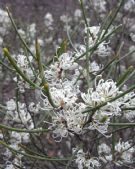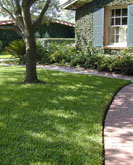in your garden - welcome
Tell our Plant Selector what you want & like and we'll search thousands of plant profiles for compatible matches
Special Offers

Plant of the Day
Beaked Hakea
Plant type: evergreen shrub
H: 3m W: 3m
Sunlight: hot overhead sun to warm low sun

Fast Facts
compost
Organisms that break down organic wastes need food. Give them a mixed diet that's half nitrogen-rich green materials and half carbon-rich brown materials.
Recently added articles
Most viewed articles
Get the Plant Selector's full features plus news, forums & competitions. Sign up, it's free.
Click here for more


You must be a member to share: Login or Register